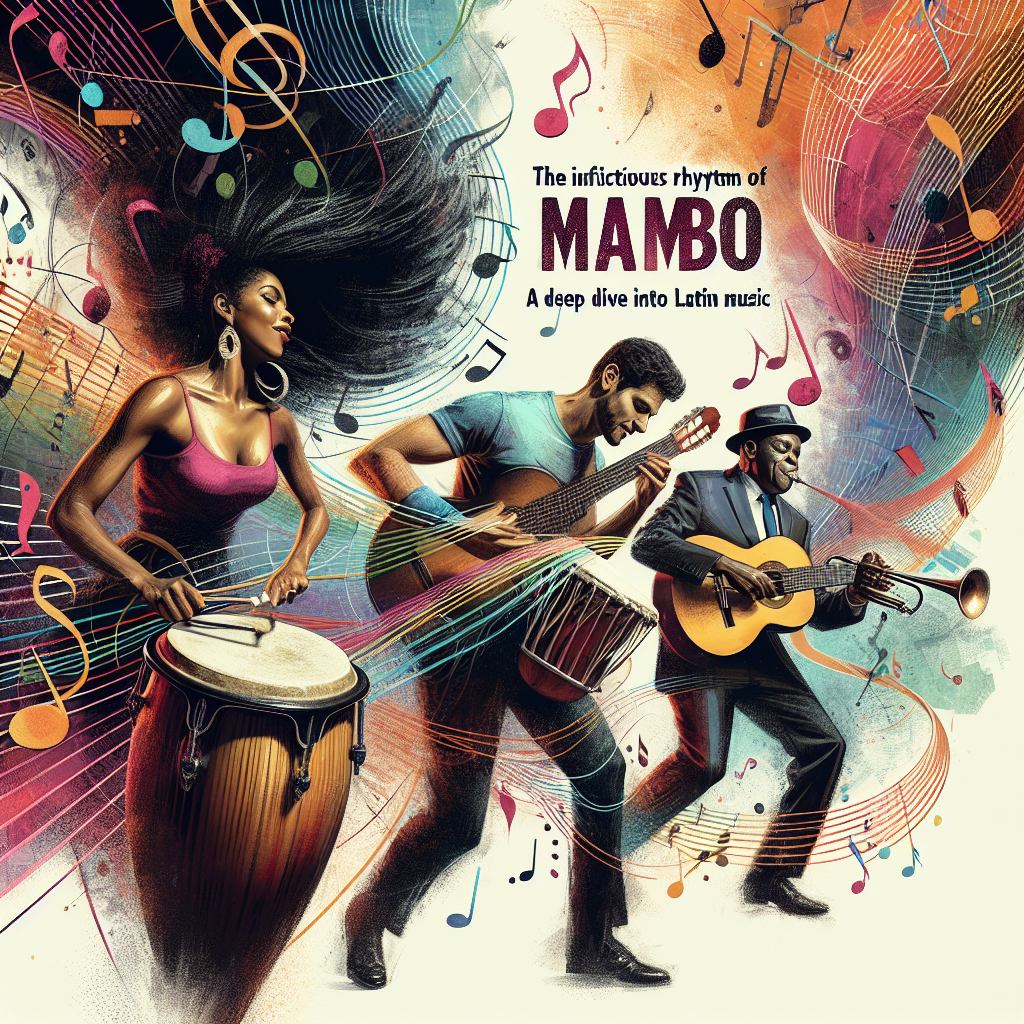The Enthralling History of Cha-Cha-Cha
Rooted deeply in the fascinating world of Latin Music, the Cha-Cha-Cha rhythm has managed to outlive countless musical trends. Born in the early 1950s in Cuba, Cha-Cha-Cha, originally known as ‘cha-cha,’ emerged from another popular genre called ‘danson.’ Amid social and cultural shifts, Enrique Jorrin, a Cuban violinist and composer, revolutionized the danzon rhythm by simplifying it, leading to the creation of the Cha-Cha-Cha.
The Cha-Cha-Cha rhythm promptly spread throughout Latin America and eventually across the globe. Its irresistible rhythm and lively spirit soon made it a favorite among dancers and music aficionados worldwide. Its popularity continued to soar during the 60’s and 70’s, demanding a presence on dance floors everywhere.
The Unique Rhythmic Structure
The Cha-Cha-Cha rhythm sets itself apart through its distinctive 4/4 time tempo with syncopation (the “cha-cha-cha”) on the 4th beat. This characteristic rhythm is what gives the dance its name, mimicking the sound the dancer’s shoes make on the floor during the quick triple step. It’s a rhythm that affirms the soul and energy of Latin music in every note and pulse.
Cha-Cha-Cha compositions often feature a range of instruments, including trumpets, rhythm guitars, flute, bass guitar, and percussion instruments such as timbales, congas, and bongos. These elements come together to create a vibrant, memorable, and compelling musical experience.
The Dance of Cha-Cha-Cha
As much as Cha-Cha-Cha is about the music, it is also about the dance. The dance of cha-cha-cha is characterized by playful movements, sharp turns, synchronized footwork, and synchronized partner work. It’s an open dance where the dancers separate and come back together, where they communicate and flirt, where they become part of the music itself.
The cha-cha-cha dance is as rhythmic and vibrant as the music. It allows for improvisation and self-expression within the structure of the dance, making it a favorite among both professional and amateur dancers.
The Unfading Popularity
Cha-Cha-Cha continues to be a rhythmic essence of Latin music and culture. Its influence can still be seen in contemporary Latin music, with many artists incorporating its catchy rhythm into their songs. Moreover, its fun, sensual, and lively nature keeps drawing dance enthusiasts to the dance floor worldwide. The Cha-Cha-Cha rhythm and dance truly represent the rhythmic soul of Latin music.
Conclusion
The Cha-Cha-Cha has proven to be a timeless rhythm that embodies the spirit of Latin music. Its history, distinct rhythmic structure, captivating dance, and unfading popularity all contribute to its standing as an irreplaceable part of Latin music’s identity. Entrancing generations all over the world, the Cha-Cha-Cha rhythm continues to beat, ensuring that the soul and energy of Latin music keep stirring hearts and inspiring feet to dance.
Frequently Asked Questions
- 1. Who invented Cha-Cha-Cha?
- Enrique Jorrin, a Cuban violinist and composer, is credited with the creation of the Cha-Cha-Cha rhythm.
- 2. What characterizes Cha-Cha-Cha music?
- Cha-Cha-Cha is characterized by its distinctive 4/4 time tempo with a syncopated triple step on the fourth beat. It is also known for its lively, playful, and high energy sound.
- 3. Is Cha-Cha-Cha still popular today?
- Yes, Cha-Cha-Cha remains popular in Latin music and dance. Many contemporary Latin music artists still incorporate its rhythm into their songs, and the dance is a staple in Latin dance studios and competitions worldwide.
- 4. What type of instruments are used in Cha-Cha-Cha music?
- Cha-Cha-Cha compositions often feature trumpets, rhythm guitars, flute, bass guitar, and percussion instruments such as timbales, congas, and bongos.
- 5. Can anyone learn to dance Cha-Cha-Cha?
- Yes, anyone can learn to dance Cha-Cha-Cha. While it requires coordination and rhythm, it’s a dance that is accessible to individuals of all ages and skill levels.




